Fresh out of school, decades ago, a LM111 kicked my butt. Used as the decision maker for a binary-search successive-approximation ADC, that comparator always oscillated during the final few decisions, where overdrive was low. My boss simply had his senior-tech add a few milliVolts of hysteresis, and the 8-bit high-rel rad-hard ADC was shipped/launched/maybe still in orbit.
Problem? I don't recall an Ground Plane being used. And tiny surface mount caps were not in the allowed BillOfMaterial. And the LM111 have much more gain than most comparators of that time. And the LM111 has an output stage with lots of surge current draw, causing the rails to bounce around.
By the way, this TI datasheet
www.ti.com/lit/ds/symlink/lm311-n.pdf
devotes an ENTIRE PAGE on how-to-stop-oscillations of the LM111.
My conclusion? THE TYPE OF CAPACITOR MATTERS VERY LITTLE. The GND system, to which the +VDD and -VDD caps will be tied is the Key. Use a GND plane, use surface-mount caps, use small package so the lead inductance is low and any ringing will be fast; ensure output logic traces come nowhere near the Pin- and Pin+ input signals and components; keep the source resistors LOW, so Efield coupling from output to input has the low-value R to shunt the injected current.
Additionally, be sure to cleanly reference the input signals to the GND plane, near the comparator. Capacitors from Pin- and Pin+ to the GND plane achieve that.
[edit] Do not use 2 caps in parallel, because you now have a C+L+C PI resonator. You must dampen it, or the VDD of your comparator will ring at HIGH FREQUENCIES.

simulate this circuit – Schematic created using CircuitLab
